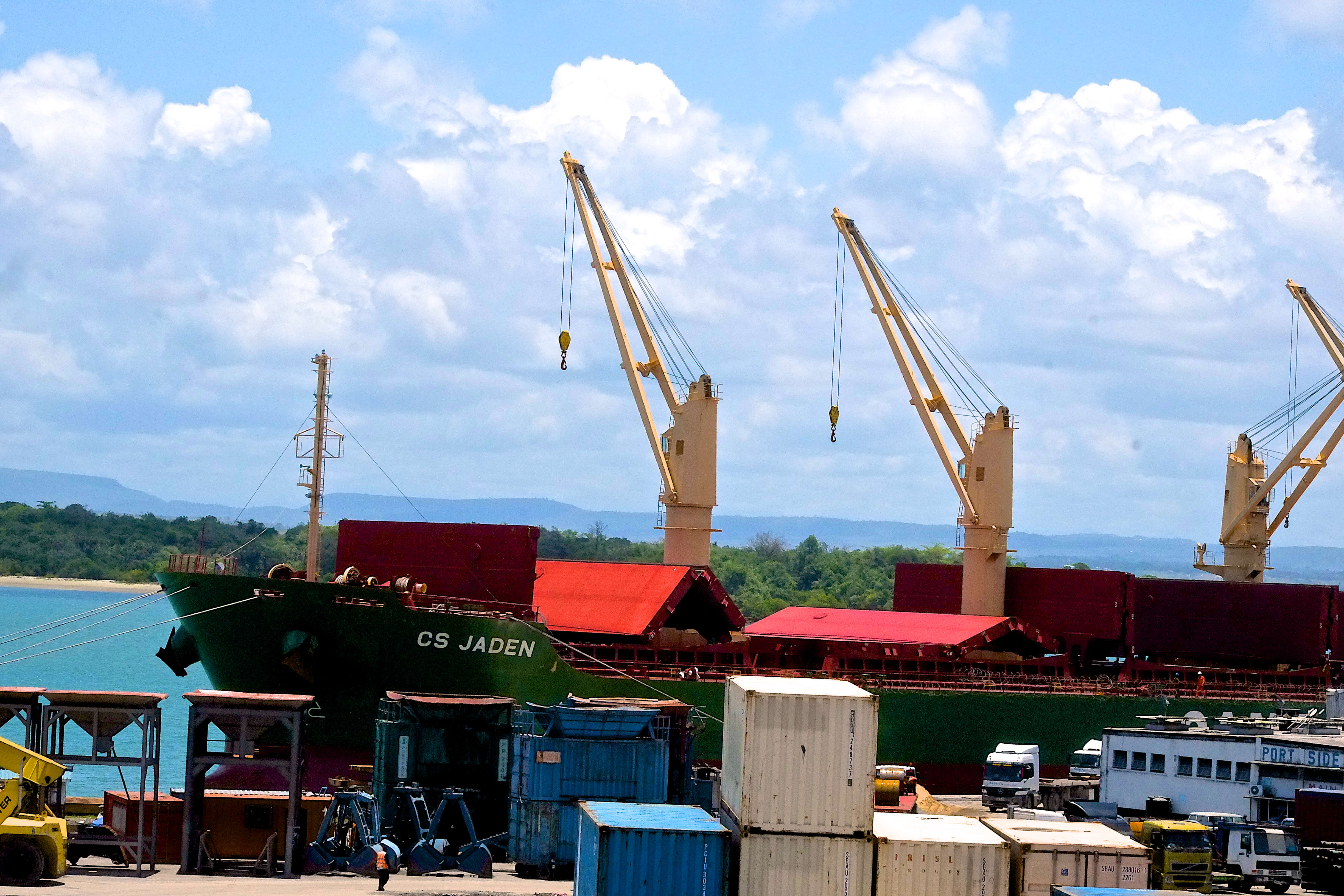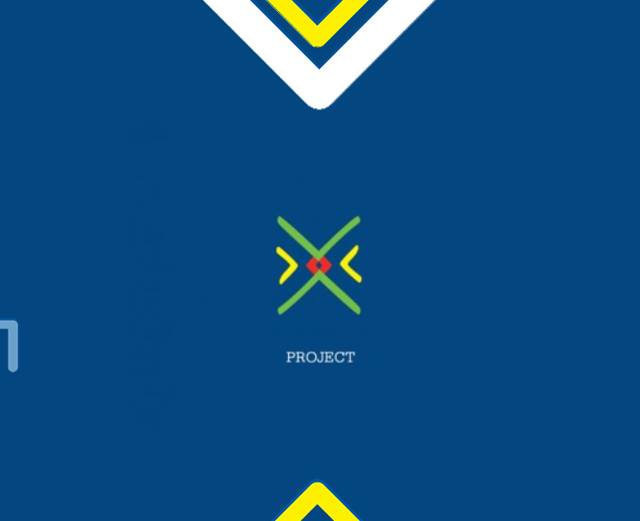
Our Projects are
Transforming African Trade
Quick Contacts
2nd Floor, Fidelity Insurance Centre Waiyaki Way, Westlands
Despite gains made in Strategy 1, intra-EAC trade and exports from the EAC to the rest of the world continues to be hampered by challenges to do with standards, technical regulations and challenges in meeting SPS measures in key exports market. A recent study by the Overseas Development Institute on the unresolved Non-tariff barriers (NTBs) in the region showed that twenty-four per cent of all the unresolved NTBs and complaints reported in the time-bound matrix among EAC Partner States are in relation to the application of quality and safety standards. The majority (60%) of the standards-related complaints have to do with country-specific product registration, certification, Standardisation and testing procedures. This presents barriers to regional trade, collectively referred to as Technical Barriers to Trade, or TBTs in short. TBTs represent only 2.5% of NTBs resolved from 2012 to date.5 This is an indication of the difficulty in sustainably resolving technical barriers to trade, calling for a comprehensive and holistic programme to sustainably do so. This has a negative impact on intra-EAC trade, and imports into the region.

In Strategy 2, TMA plans to have a more comprehensive and congruent programme, with better-linked projects at the national level and at the regional level. The national projects will be tailor-made to address the challenges that are specific to NSBs, national SPS Agencies and businesses with regard to facilitating regional trade and exports from those countries. The aim is to bring the NSBs to a capacity level that can be trusted by all other NSBs in the region, removing the need for retesting, recertification and relabelling of regionally traded goods. SPS Agencies will be supported to carry out effective export inspections so that the certificates issued are deemed to be sufficient. Finally, national businesses, exporters and producers will be trained to acquire product certification so as to benefit from the faster standards-related border clearance when they trade industrial goods across EAC borders, and meet SPS requirements through certification so as to access priority export markets. The programme will therefore comprise of:
Improved physical infrastructure that is fit for purpose will contribute to reducing the time that it takes for goods to cross the Burundi-Tanzanian border, which will in turn contribute to reducing trade costs in East Africa


The NMC Coordinator is fully operational; An NMC Strategy is elaborated and validated; a National Action Plan is elaborated and implemented. Together these results will lead to the strengthening of the NMC for the elimination of NTBs in Burundi


Burundi Bureau of Standards (BBN) simplify and increase the transparency of import/export procedures; producers improve the quality of products produced; bureau of standards staff and producers improve their understanding of standards and requirements. Together, the results lead to national bureau of standards improving efficiency and effectiveness of testing.

